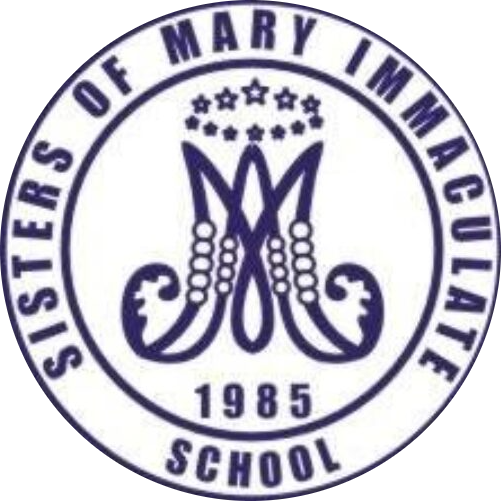Sisters of Mary Immaculate School Partners with Bureau of Fire Protection for Fire Safety Seminar
To ensure the safety and well-being of its students and staff, the sisters of Mary Immaculate School partnered with the Bureau of Fire Protection last September 18, to conduct a comprehensive fire safety seminar.
To ensure the safety and well-being of its students and staff, the sisters of Mary Immaculate School partnered with the Bureau of Fire Protection last September 18, to conduct a comprehensive fire safety seminar.
The event, attended by students, faculty, and staff, emphasized the importance of fire safety in line with the legal mandates set forth in R.A. 6975, also known as the DILG Act of 1990.
Fire safety experts from the Bureau of Fire Protection led the seminar, outlining key guidelines and responsibilities of firefighters, which include prevention and suppression, enforcement of fire codes, investigation of fire causes, assisting the Armed Forces of the Philippines during national emergencies, and establishing fire stations in communities.
Throughout the seminar, participants gained a deeper understanding of the typical causes of fires, which range from unattended cooking equipment to improper wiring systems. The Bureau of Fire Protection stressed the need for an attentive and responsible behavior to prevent these common fire incidents.
Understanding the science of fire was a central focus of the seminar. Attendees learned that fire is a chemical process known as combustion, driven by four key components known as the “Tetrahedron”: heat, oxygen, fuel, and an uninhibited chain of combustion. Removing any one of these components can stop a fire, making early detection and suppression important.
The seminar also shed light on the deadly nature of fires. Among the incidents discussed during the seminar were the Manor Hotel Fire of March 2001 and the Kentex Fire that occurred on May 13, 2015.
These tragic events claimed the lives of 75 and 74 individuals, respectively, showing the consequences of poor fire safety measures. In both cases, issues such as obstructed windows, the absence of fire exits, and suffocation due to the inability to escape played critical roles.
One of the key takeaways from the seminar was the classification of fires and the appropriate use of fire extinguishers. The following classes of fires were highlighted:
1. Class A: Involving ordinary materials like paper and cloth.
– Fire Extinguishers: Red (dry), Blue (water-based), and HCFC.
2. Class B: Involving flammable liquids like gas and oil.
– Fire Extinguishers: Red (dry), Blue (water-based), HCFC, and CO2.
3. Class C: Involving electrical equipment.
– Fire Extinguishers: Red (dry), HCFC, and CO2.
4. Class D: Involving combustible metals.
– Fire Extinguisher: Class D (dry powder).
5. Class K: Kitchen or cooking media fires.
– Fire Extinguisher: Gray (wet chemical).
The seminar also emphasized the importance of maintaining and inspecting fire extinguishers, as they can expire and lose their effectiveness over time. Participants were taught how to properly handle and use fire extinguishers, with the “T-P-A-S-S” acronym as a guide:
– T: Twist the pin.
– P: Pull the pin.
– A: Aim at the base of the fire.
– S: Squeeze the lever.
– S: Sweep from side to side.
Furthermore, attendees were reminded of the “5 R’s” to consider before using a fire extinguisher: the right mindset, the right fire extinguisher, the right time, the right position, and the right situation. Safety was underscored throughout the seminar, with a strong emphasis on having an escape plan, sounding alarms, alerting firefighters, and prioritizing evacuation in case of emergencies.
In conclusion, the Sisters of Mary Immaculate School’s collaboration with the Bureau of Fire Protection for the fire safety seminar shows their commitment to the safety and well-being of their students and staffs. The school aims to ensure that their community remains secure in the face of potential fire emergencies, paying attention to the valuable saying, “An ounce of prevention is worth than a pound of cure.

